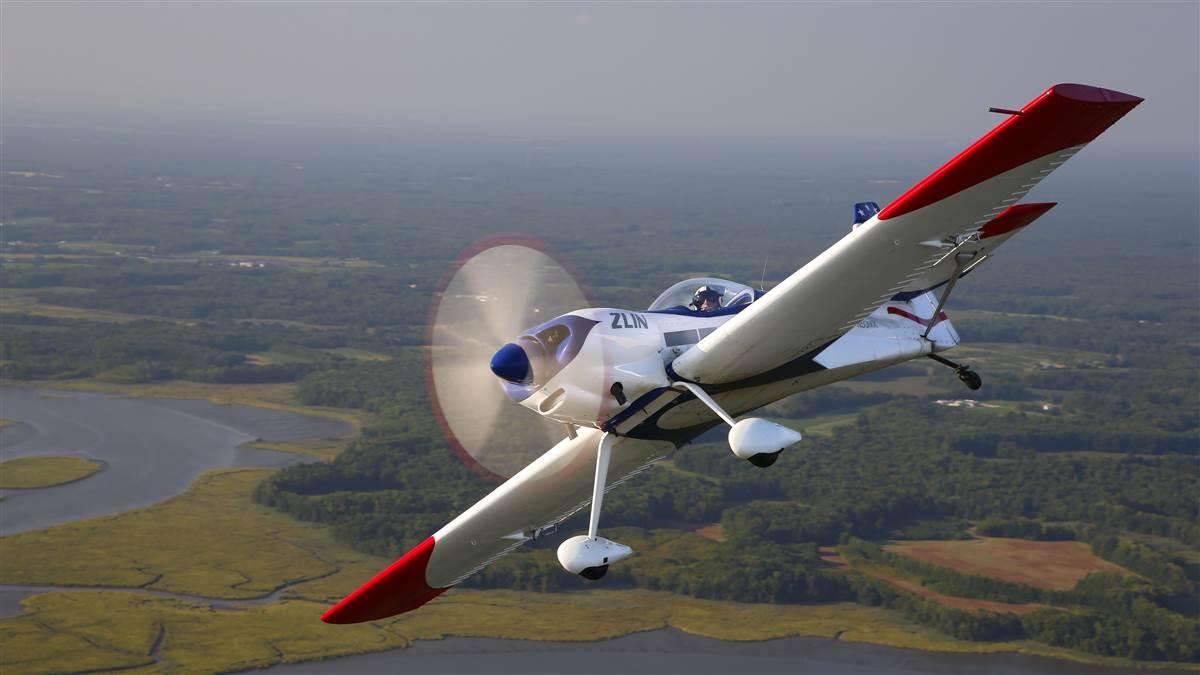Ramp Appeal: Zlin Z 50
Unusual aircraft for $200, Alex

Airshow spectators know these aircraft for the wild, tumbling, end-over-end gyroscopic maneuvers that have become popular among aerobatic performers around the world. The first of these violent, out-of-control, negative-G maneuvers called the lomchevak—which, loosely translated, means headache in the Czech language—was perfected by Zlin pilots in the late 1970s.
The brawny Zlin Z 50 was designed and built for the sole purpose of winning international aerobatic competitions. Those were a point of national pride, especially in the Eastern Bloc, in the 1970s and 1980s where state manufacturers used the competitions to showcase the very best of their aircraft design and manufacturing capabilities. Czechoslovakia (now the Czech Republic) had been at the pinnacle of Eastern aircraft production since the 1930s, and it intended to stay there.
The Zlin 50 took aim at the Soviet Union’s then-dominant Yakovlev Yak-50. The lighter, Lycoming IO-540-powered Zlin debuted in competition in 1976, and two years later it won the top prize in international competition, and Czechoslovakia finished first in the team event. The all-metal, low-wing Zlin is far lighter than the Yak, and the Zlin is rated for up to 9 positive and 6 negative Gs. Its full-span ailerons allow it to roll quicker, too, about 360 degrees per second.
Aerobatic clubs throughout Europe began purchasing Zlin 50s, and the manufacturer set out to improve them for Western pilots by adding more fuel, boosting the Lycoming to 300 horsepower, and adding frills like airshow smoke systems. But the Zlin 50’s reign atop the competition aerobatic world was brief. The Soviets upped their game with the composite Sukhoi Su-26 that far outperformed everything else, and new entrants like Extra from Germany and CAP from France stepped into the niche market.
The implosion of Communism didn’t help Zlin, either. The company offered different versions of the Zlin 50 for the international market, but by then its best airplane had already been eclipsed by others with even greater performance.
Today, Zlin 50s are prized by pilots for their strength, workmanship, and exquisite handling, but they’ve largely been relegated to rarities, period pieces, and answers to obscure aviation trivia questions.



